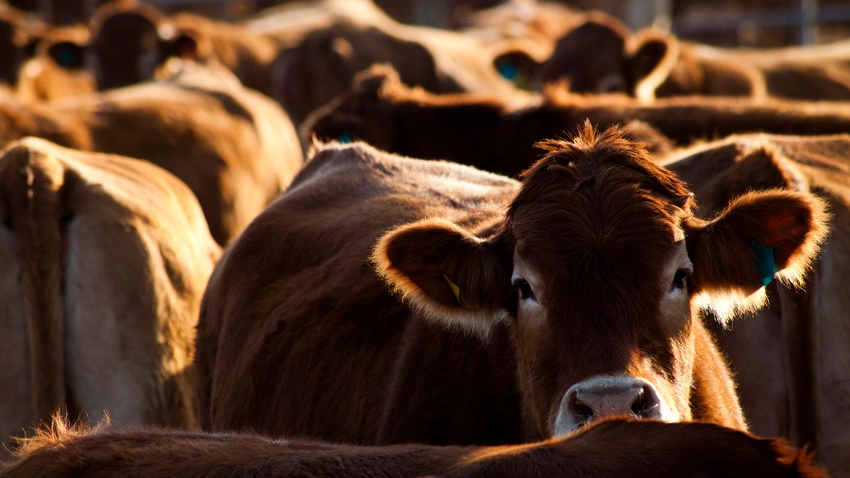The recent USDA annual report on "Farm and Land in Farms" showed slight drops in farm numbers and...
U.S. Beef Cow Inventory at Record Low

Beef cattle inventories in the United States are at record low numbers, according to a recent USDA report. USDA’s Cattle Inventory report, released each July, gives a snapshot of the cattle industry on a national scale. A similar report, released each January, breaks numbers down on a state-by-state basis. According to the most recent report, the U.S. cattle industry in aggregate has reduced its inventory by 3% to 95.9 million head, the lowest since 2014.
The inventory of beef cows in particular fell to 29.4 million head, 3% lower than the January 2022 inventory and the lowest number on record since 1971, when USDA began collecting such data.
James Mitchell, Extension Livestock Economist for the University of Arkansas System Division of Agriculture, said the overall decline in inventory was expected, propelled by two well-known factors: the high cost of production and drought.
“It seems like every time drought abates in one part of the country, it pops up somewhere else,” Mitchell said. “Two years ago, we had a terrible drought in the western part of the country — Colorado, Montana, Wyoming. Last year that drought moved over the plains states from North Dakota all the way down to Texas. The drought shifted east, and impacted producers’ ability to retain heifers and to grow their herds.”
“Arkansas producers, while more or less in the same fight as everyone else, have at least managed to avoid the worst of the country’s drought effects,” said Mitchell. “Knock on wood, we’re pretty fortunate in the southeast right now, in that we have largely avoided multi-year long-term drought, while other parts of the country haven’t been so lucky.”
While rising market prices will typically spur an increase in herd inventories, 2023 has seen remarkably high prices for beef, rising more than 25% above 2022 numbers. High input costs have largely undercut that impulse.
Rebuilding herds
“Higher prices generally mean that people should think about rebuilding their herds,” Mitchell said. “But we don’t make decisions based on prices, we make decisions based on profit. Currently, we’re seeing prices we haven’t seen since 2014, 2015 — but then, those higher prices translated to higher profits, because we weren’t battling the high input cost situation that we are today. We’re not going to see the same rate of expansion that we saw 10 years ago, because the profits aren’t there. I think we’re going to see higher prices for a sustained period of time, because nationally the profits aren’t there for us to start building back herds.”
Mitchell said that in the current economic climate, profitability will hinge on producers’ efficiency. “When you’ve got high cattle prices, the profits are going to go to those who are best at managing their costs. If you can manage those correctly, there are profits to be made.”
EDITOR’S TAKE:
Rebuilding beef supplies under normal circumstances takes time simply due to the breeding and feed-out cycle that can take eighteen months to two years. With the current situation, it is going to take longer according to this report because of the lower profit margins at the farm gate. That means ranchers will be cautious about expanding, prices for fed cattle will likely remain elevated and consumers will pay more for the beef that is available. However, for those in the cattle business and who are on a continuous production schedule, they will be more profitable sooner.
Now would be a great time to push AgPack® to beef producers in your area. AgPack® has plenty to offer by way of savings on livestock equipment, as well as the other great products included in the total package. It is a terrific tool to help farmers/ranchers see a return on their truck investment and to help you seal the deal.








